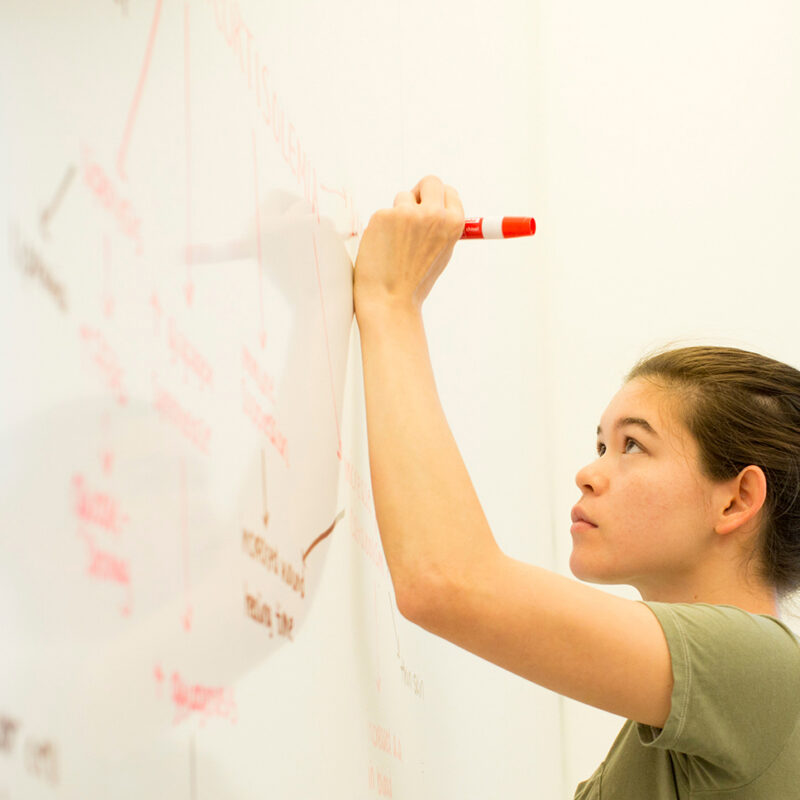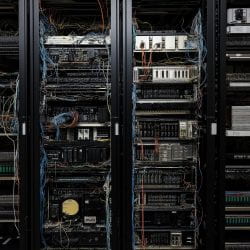Program
The Cornell Experience Modernization Initiative (CEMI) will unify and improve the university’s systems and processes to better serve our entire community—faculty, researchers, clinicians, students, staff, alumni, partners, and donors. By creating more efficient and user-friendly experiences, CEMI will enable our community members to focus on what matters most: advancing Cornell’s mission.
Current Challenges
Cornell leaders across our campuses have identified four critical challenges, known as the “4 Ds” — debt, duplication, distribution, and data:
As common as possible, as different as absolutely necessary

“As common as possible, as different as absolutely necessary” is the guiding principle to reflect the CEMI vision for administrative and financial systems across our campuses in Ithaca, New York City, and Doha. Common solutions will allow information to flow seamlessly among campuses, enabling everyone to easily get the answers they need. We’ll maintain unique solutions only where truly necessary.
Solution
Cornell’s administrative systems touch everyone in our community—from researchers managing grants to students accessing financial aid to staff processing payroll. To better serve the university mission, CEMI will transform how we work together by creating more integrated and efficient ways to support our community.
When we modernize these core functions, our people will spend less time navigating multiple systems and more time on meaningful work. They’ll have opportunities to grow new skills, access better data for decision-making, and work more efficiently with colleagues across campuses.
Our focus will be on these essential administrative areas:
Finance & Budget
Human Resources
Research Administration
Student Services
Donor & Engagement Experience
Data & Analytics
Shaped by the Cornell Community: Get Involved

Contribute your skills and experience to the Cornell Experience Modernization Initiative (CEMI). Community members know the current processes and systems best—and what it’s going to take to change how we do things.
Get involved: ask a question, suggest improvements, add your insights to a CEMI effort, volunteer for an activity, or join the mailing list
Visit the Program Teams page to meet more of the Cornell community members shaping the CEMI program.




